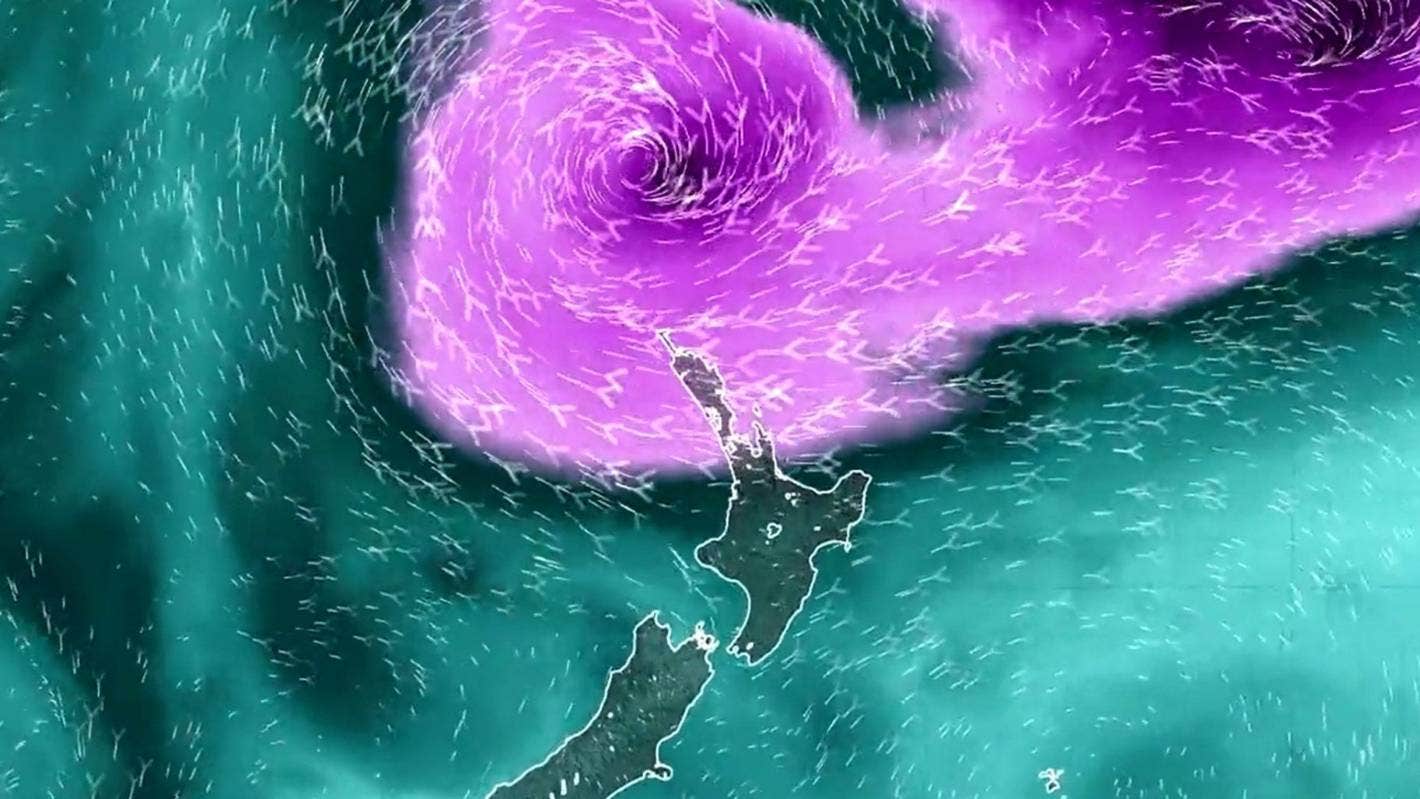This week, investigative journalist Ian Wishart released a concerning report about NIWA being selective in its record of historical weather events. The downloadable report is available here: investigatemagazine.co.nz.
A summary of the document says:
climate-of-fear
- Most of New Zealand’s biggest historic storms and cyclones are missing from NIWA’s Historic Weather Events Database (DATA GAPS>80%)
- The missing data is crucial for providing answers about whether extreme climate events are becoming more common (FREQUENCY)
- The missing data is crucial for journalists and researchers trying to compare the magnitude of modern climate events with those of the past (INTENSITY)
- Between 1868 and 1890 NZ was being hit yearly on average by storms similar to or more powerful than Cyclone Bola
- Five storms geographically bigger and with deeper barometric lows than Cyclone Gabrielle struck New Zealand between 1868 and 1890, revealing that what we call a 1-in-250yr event was actually closer to a 1-in-4yr event back then
- The late 1800s was a much colder, low carbon climate, raising fundamental questions about how extreme weather events play out in the real world vs computer modelling
“And yet our supposedly supercharged cyclone [Gabrielle] at 963 hPa was a baby compared to the monsters that hit NZ every year in the latter quarter of the 19th century. Monsters as deep as 948 hPa,” Wishart says.
Of course, it’s crickets from MSM:
Head Weather Analyst Phillip Duncan, from Weather Watch, discusses his disappointment in NIWA’s selectivity of data here.
Discuss it on The BFD.

